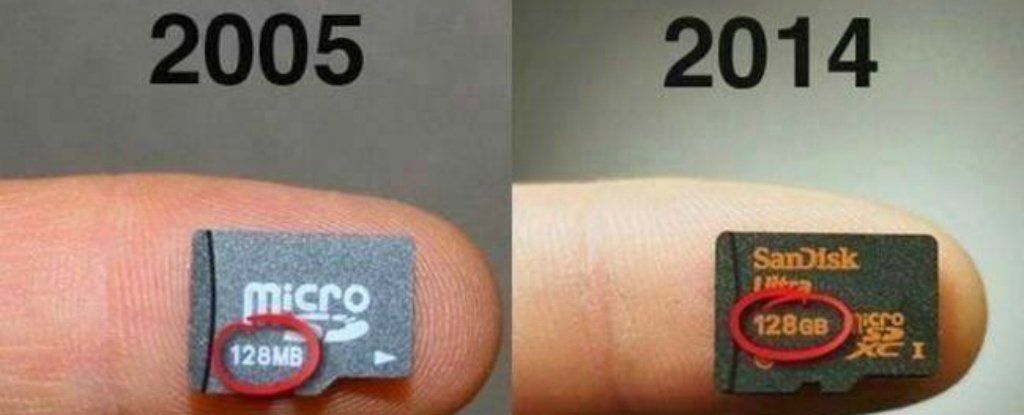The implications are mind-boggling, oh yes.
Check out what MIT media lab does using bone conduction technology.
#technology #future #internet #biotechnology #communication #immersiveleaks
The implications are mind-boggling, oh yes.
Check out what MIT media lab does using bone conduction technology.
#technology #future #internet #biotechnology #communication #immersiveleaks
While Facebook and Google recently pulled the plug on their solar-powered internet drones, another company with a lot more experience is having success with the idea. Airbus announced that its solar-powered Zephyr S HAPS (high altitude pseudo-satellite) flew for 25 straight days, setting a time aloft record for any airplane, ever. It shattered the previous record of 14 days, marked by a previous prototype Zephyr aircraft.
The Zephyr flies on sun power alone at over 70,000 feet, an altitude that just a few aircraft like the Concorde and SR-71 Blackbird have reached. That’s well above any weather, and lets it perform reconnaissance, surveillance and communications/internet duties. “[It fills a] capability gap complimentary to satellites, UAVs and manned aircraft to provide persistent local satellite-like services,” Airbus said in a press release. A video of the takeoff (below) shows that it can be lifted and launched by hand. Once aloft, it can be operated for a fraction the cost of a satellite.

Scientific progress, and Internet and mobile coverage proliferation in the last 8 years alone might have decreased the numbers dramatically. Still not as much as to liquidate the spiritual beliefs of the vast majority of the world’s population.
Does God exist? If She does, this is how we got our sacred soul. If She does not, we will soon be able to recreate the soul in machines!

Let us frame the question, by reviewing what miners really do…
Miners play a critical role in the Bitcoin network. Their activity (searching for a nonce) results in assembling an immutable string of blocks that corroborate and log the universal transaction record. They are the distributed bookkeepers that replace old-school banks in recording and vouching for everyone’s purchase or savings.
From the perspective of a miner, there is no obvious connection between their activity and the worldwide network of bitcoin transactions and record keeping. They are simply playing an online game and competing against thousands of other miners in an effort to solve a complex and ongoing math problem. As they arrive at answers to small pieces of the problem, they are rewarded with bitcoin, which can be easily translated into any currency.
What is the Problem?
One day, mining for rewards will no longer be possible. The fundamental architecture of Bitcoin guarantees that mining will end. The pool of rewards that were held in abeyance as incentives is small and will run out in 2140—about 120 years from now. So, this raises the question: How will we incentivize miners when there is no more reward? (Actually, they won’t really be miners anymore…They will more accurately be bookkeepers or ‘validators’)
Is there a Solution?
Fortunately, there are many ways to offer incentives to those who validate transactions and maintain the books. Here are just a few:
 I believe in this last solution and I have proposed it as the path forward at crypto/blockchain conferences.
I believe in this last solution and I have proposed it as the path forward at crypto/blockchain conferences.
Today, this idea seems implausible, because of the memory and computational requirements for running a full node. But, there have been big advancements in the effort to support micro-mining—which does not require such resources. Additionally, it is likely that the current proof-of-work mechanism used to arrive at a distributed consensus will be replaced by another mechanism that does not result in a competition to see who can consume the most electricity.
More about the sunset of mining incentives:
Philip Raymond co-chairs CRYPSA, hosts the New York Bitcoin Event and is keynote speaker at Cryptocurrency Conferences. He sits on the New Money Systems board of Lifeboat Foundation and is a top Bitcoin writer at Quora. Book a presentation or consulting engagement.


“We should not start from steam and railways, or the old technologies—that is already done,” Assefa argues.
That makes sense to academics like Singh — though he also cautions that political forces are often slow to see the bigger picture. There is definitely an opportunity for developing countries, he says. “But any time we have a technological revolution, the political institutions have to catch up.”
A 2017 report (pdf) by the World Wide Web Foundation suggested that Ethiopian “intelligence services are using machine intelligence techniques to break encryption and find patterns in social media posts that can be used to identify dissidents.” And while mobile phone and internet penetration in Ethiopia is comparatively poor—a situation made worst amid widespread anti-government protests, which prompted an internet crackdown in February — the report added that government surveillance and oppression could increase as the use of smartphones expands.

Sometimes, while waiting for quantum computers to become a thing, or complaining that your stupid laptop keeps dying on 5 percent battery, it’s easy to forget just how far technology has come over the past 50 years.
Sure, we can all list off a whole bunch of innovations that have changed the way the world works — the Internet, smartphones, radio telescopes — but it’s hard to really put that kind of change into perspective.
Thankfully, pictures often speak louder than words, and so below are nine photos that’ll make you stop and raise your *praise hand* emojis to the sky in honour of the scientists and engineers that have got us where we are today.

As 5G electrifies a world of trillions of sensors and devices, we’re about to live in a world where anyone anywhere can have access to the world’s knowledge, crowdfund ready capital across 8 billion potential investors, and 3D print on the cloud.
And as the population of online users doubles, we’re about to witness perhaps the most historic acceleration of progress and technological innovation known to man.
Abundance Digital Online Community: I have created a digital/online community of bold, abundance-minded entrepreneurs called Abundance Digital. This is my “onramp” for exponential entrepreneurs—those who want to get involved and play at a higher level. Click here to learn more.

Xage (pronounced Zage), a blockchain security startup based in Silicon Valley, announced a $12 million Series A investment today led by March Capital Partners. GE Ventures, City Light Capital and NexStar Partners also participated.
The company emerged from stealth in December with a novel idea to secure the myriad of devices in the industrial internet of things on the blockchain. Here’s how I described it in a December 2017 story:
Xage is building a security fabric for IoT, which takes blockchain and synthesizes it with other capabilities to create a secure environment for devices to operate. If the blockchain is at its core a trust mechanism, then it can give companies confidence that their IoT devices can’t be compromised. Xage thinks that the blockchain is the perfect solution to this problem.

Quantum communication and cryptography are the future of high-security communication. But many challenges lie ahead before a worldwide quantum network can be set up, including propagating the quantum signal over long distances. One of the major challenges is to create memories with the capacity to store quantum information carried by light. Researchers at the University of Geneva (UNIGE), Switzerland, in partnership with CNRS, France, have discovered a new material in which an element, ytterbium, can store and protect the fragile quantum information even while operating at high frequencies. This makes ytterbium an ideal candidate for future quantum networks, where the aim is to propagate the signal over long distances by acting as repeaters. These results are published in the journal Nature Materials.
Quantum cryptography today uses optical fibre over several hundred kilometres and is marked by its high degree of security: it is impossible to copy or intercept information without making it disappear.
However, the fact that it is impossible to copy the signal also prevents scientists from amplifying it to diffuse it over long distances, as is the case with the Wi-Fi network.